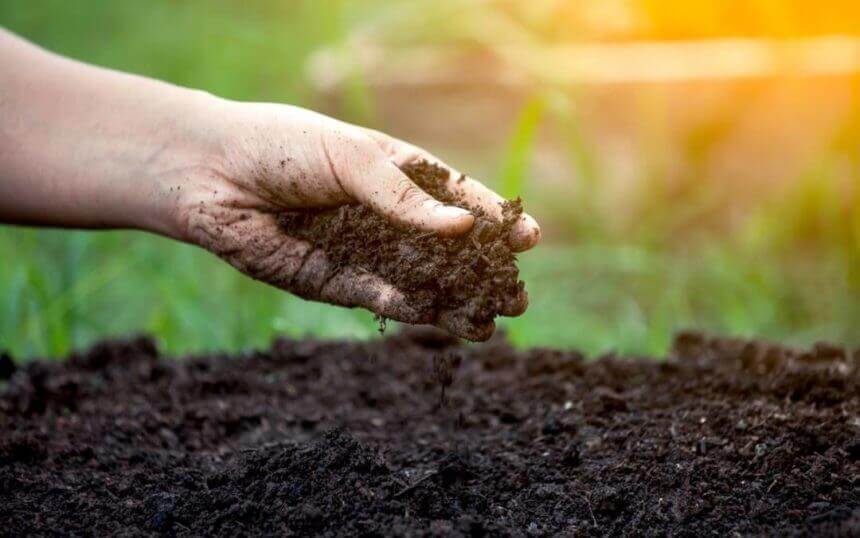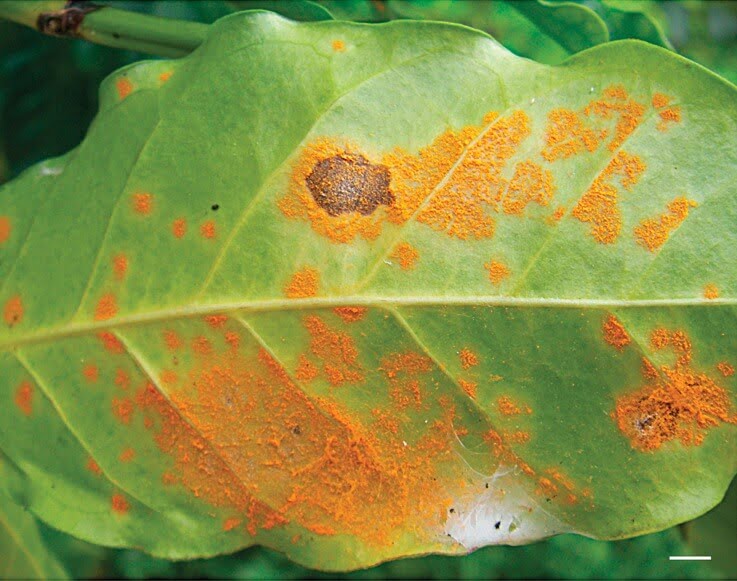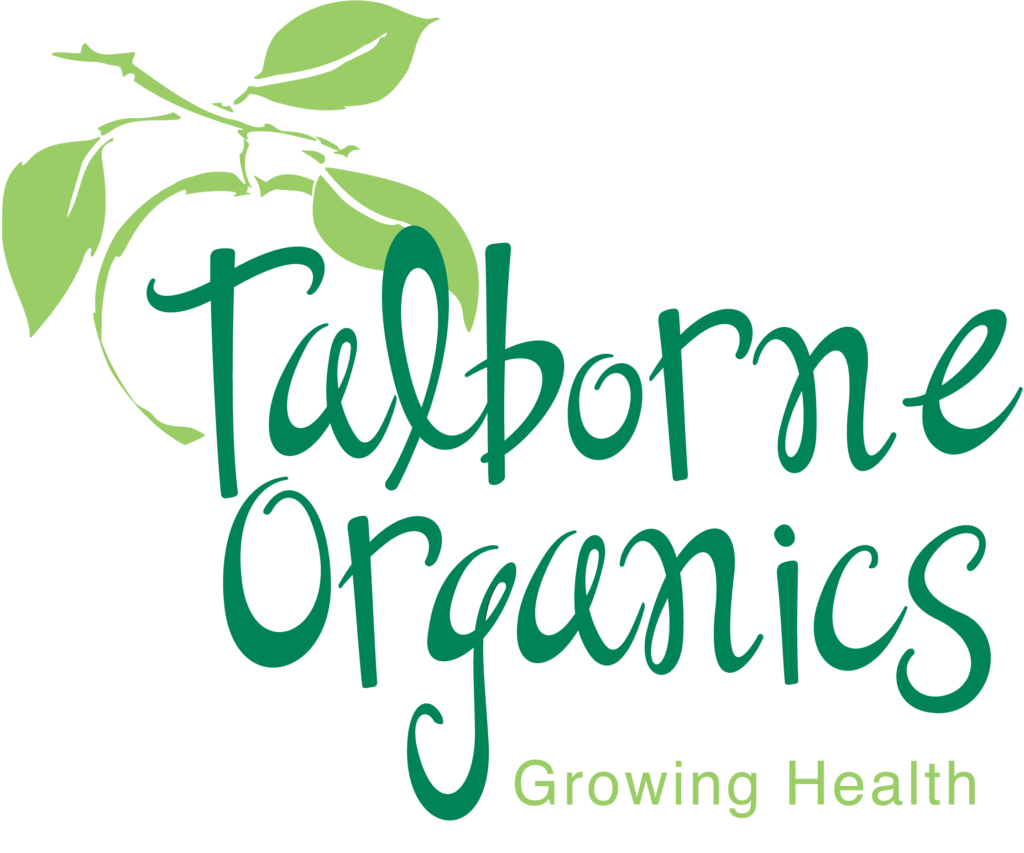GArden pests and diseases
A crying newborn baby is bewildering to inexperienced parents, only until we learn to look to signs and symptoms to determine the cause of the discomfort and respond in the right way – if hungry feed, if nappy is dirty change it if sleepy allow it to sleep. So if a baby is hungry, putting it to sleep will not get to the root cause, nor will it resolve the crying!
So too as new gardeners, we have to learn to look to the cause of pest and disease attack on our plants to solve problems causing DIS-EASE or stress conditions rather than to try to spray poisons year after year to deal with symptoms, without ever resolving the cause.
The most likely cause of pest and disease on plants:
- Incorrect watering – too much or too little, not adjusting for season and climate.
- Poor feeding practises – applying excess, or too little or not using the correct fertilizer balance for the plant’s requirements
- Soil structure and Aeration – sandy soil leeches water and fertilizer too quickly and heavy clay soils cause poor drainage and waterlogging.
- The pH of the soil – too low causes acidic soils and too high causes alkaline conditions, both extremes can inhibit the uptake of nutrients.
- Plant positioning and grouping – sun lovers planted in shady spots, shade lovers planted in direct sun, high water requirement and low water plants grouped together.
1. INCORRECT WATERING CAUSES PLANT DISEASES
Too little water, hot & dry conditions
- SYMPTOMS: Powdery mildew, insect attacks like mealybug, Australian bug, scale and red spider mite. Wilting leaves and stems, eventual death. Plants are made mostly of water, and like all other living creatures are absolutely dependant on a regular and adequate supply of water which is essential for processes like hydration, carrying nutrients to all parts of plant tissue, transpiration which regulates plant temperature.
- REMEDY: Water more often, and for longer periods to ensure a reserve of water and prevent plant stress. Add water retention products and compost. Mulch soil surface.
Too much water, hot & wet or cool & wet conditions
- SYMPTOMS: Downy mildew, fungal disease like botrytis, black spot, rust, root rots, damping-off disease and pests like aphids and whitefly. Dead or brown leaf spots and blotches, yellowing of leaves, leaf drop, the collapse of plant and roots blacken and die off. Too much moisture leads to rotting and fungal disease.
- REMEDY: Reduce watering in rainy periods, or in cooler months when less water is lost through transpiration (like people sweat to regulate body temperature) in leaves. Ensure adequate drainage in beds and pots. Add compost and water holding products to absorb and hold excess water.

2. POOR FERTILIZER PRACTICE
Plants, like people, need a healthy balanced diet and an adequate supply of all essential major, minor and micro-nutrients to optimise performance. Many pests and disease conditions are caused by poor quality fertilizers that might be cheap but do not satisfy the full requirements of the plant, or leach out very easily with watering or rain, and the nutrients are only available for plant uptake while they pass the root zone. Therefore, very frequent re-applications of fertilizers are necessary to adequately feed the plant, or nutritional stress develops. Low nutrient levels or too rich and fast a supply can also bait in pests and cause disease.
- SYMPTOMS: Plants deficient in nutrients have soft growth like drooping leaves and stems. Leaves that yellow, show mottled spots, interveinal patterns or scorched tips with reduced or no blooms and fruit.
- SYMPTOMS: Excess or imbalanced fertilizers with high Nitrogen levels, resulting in fast and soft growth of leaves and stems that attract sucking pests such as Aphids and Whitefly. Excess phosphate can lock-up and block uptake of micro-nutrients essential for plant functions by disturbing the soil chemistry resulting in slow growth.
- REMEDY: Select quality organic fertilizers which contain the full spectrum of plant nutrients best suited for growth phase like planting for healthy root and plant structural development, or green leafy growth or to encourage flowering and fruiting. Compost or manure on their own is seldom nutritious enough to ensure healthy and productive plants in our low nutrient garden soils.
3. SOIL STRUCTURE & AERATION
Soil structure has a major effect on a plants resistance to stress and disease and ability to grow with vigour.
Sandy soil structure: Water and nutrient retention is poor leading to plant stress.
- SYMPTOMS: Plants droop and wilt easily, colour is sickly light green or yellow, deficiency symptoms on leaves, interveinal patterns and spots. Powdery mildew and wilting disease. Pests include red spider mites, aphids, scales, mealy and Australian bugs, ant activity.
Tight clay structure: Poor root development and penetration into soil.
- SYMPTOMS: Root rots cause collapse and death in plants. Crickets thrive in clay soils which release methane gas as they eat rotting roots and plant material. Oedema (lesions and cracked blisters on leaves often seen on brassica family) and cracked fruits such as tomatoes with waterlogging in soils where drainage is inadequate.
- REMEDY: Prepare soils well before planting by adding lots of compost, earthworm castings and water retention soil conditioners to improve soil structure, friability, water holding capacity and aeration to prevent disease and pest attack.

4. ADJUST pH & SOIL CHEMISTRY
Nothing grows well in soils that are excessively acid or alkaline, even plants that have a natural preference for either, like fynbos, Protea and blueberries that prefer slightly acidic soils and Mediterranean crops like olives, grapes and lavender that like limey or alkaline soil conditions. Any extreme tends to lock -up nutrients which result in deficiency diseases. When pH is corrected the chemistry and nutrient uptake resumes, and the soil ecosystem is healthy and active.
- SYMPTOMS: Unproductive plants, vulnerable to pest and disease. Excess weed pressure.
- REMEDY: Condition soils with good quality compost. To remediate acid soils regular addition of Dolomitic lime will gradually change Ph. Adjust Alkaline soils by working in acidic compost or application of small quantities of elemental sulphur (also known as flowers of sulphur) at a time can be applied and leached into the soil by watering.
5. INCORRECT PLANT GROUPINGS & POSITIONING IN THE LANDSCAPE
Plants that are grouped together inappropriately will seldom be healthy and therefore prone to stress which will be constantly threatened by pest and disease.
- REMEDY: Plan and research the ideal conditions of plants used in the landscape according to their light and water requirements.
Top Tips To Avoid Plant Diseases in The Garden
- Regular Monitoring for Plant Disease: It’s crucial to inspect your plants regularly for early signs of plant disease. Catching issues early on can make a significant difference in preventing the spread and severity of diseases.
- Quarantine New Plants to Prevent Disease Spread: When introducing new plants to your garden, it’s wise to quarantine them first. This step helps prevent the introduction of new plant diseases into your existing garden setup.
- Clean Gardening Tools to Control Plant Disease: Keeping your gardening tools clean and disinfected is essential. This practice prevents the transfer of plant diseases from one plant to another.
- Choose Disease-Resistant Plants: Opt for plant varieties known to be resistant to common plant diseases. This proactive choice can greatly reduce the occurrence of diseases in your garden.
- Proper Pruning to Reduce Plant Disease: Pruning your plants correctly is vital. Removing diseased or dead branches helps improve air circulation around the plant, reducing the likelihood of plant diseases.
- Avoid Overcrowding to Prevent Plant Diseases: Ensure your plants have enough space. Overcrowded plants can lead to poor air circulation, creating a humid environment conducive to plant diseases.
- Use Organic Mulches to Suppress Plant Diseases: Applying organic mulches can help maintain soil health and moisture, thereby reducing the incidence of soilborne plant diseases.
- Effective Water Management to Avoid Plant Diseases: Implementing the best practices for watering, such as watering at the plant’s base to avoid wetting the foliage, can significantly reduce the risk of water-related plant diseases.
- Rotate Crops to Prevent Vegetable Plant Diseases: In vegetable gardens, rotating crops is a smart strategy to prevent the buildup of soilborne plant diseases.
- Companion Planting for Plant Disease Control: Some plants can naturally repel pests or enhance the growth of their neighbors, reducing their susceptibility to plant diseases. Incorporating companion planting in your garden can be beneficial.
- Control Weeds to Manage Plant Diseases: Regularly removing weeds is important, as they can harbor pests and diseases. A well-maintained garden is less likely to have severe disease problems.
- Soil Testing to Identify Disease Risks: Periodically testing your soil is a good practice. It can reveal nutrient deficiencies or pH imbalances that make plants more susceptible to diseases.
Plant Disease Q & A
Frequintly asked questions about plant diseases:
How Do You Fix a Sick Plant?
In South Africa’s diverse climate, fixing a sick plant first involves identifying the problem through symptoms such as discolored leaves, stunted growth, or unusual leaf spots. Once identified, adjust care practices accordingly. This may include altering watering habits, improving soil quality with compost or organic matter, using appropriate fungicides or bactericides, and ensuring the plant is in a suitable location with enough light and proper temperature. In cases of severe infection, it might be necessary to remove and destroy affected plant parts or even the entire plant to prevent the spread of disease.
What Are 4 Signs a Plant Has a Disease?
Common signs of plant disease in South Africa include leaf discoloration (yellowing or browning), spots or patches on leaves or stems, distorted or stunted growth, and the presence of mold or mildew. These symptoms can indicate various issues, from fungal infections to nutrient deficiencies, and should prompt a closer examination to identify the specific problem.
How Do You Get Rid of Plant Disease?
To combat plant diseases in South Africa, gardeners can use a combination of cultural, biological, and chemical controls. Cultural controls include proper watering, fertilizing, and pruning techniques. Biological controls involve using natural predators or beneficial microorganisms. Chemical controls, such as fungicides and bactericides, should be used as a last resort and in accordance with local regulations. It’s also crucial to remove and destroy infected plant parts to prevent the spread of the disease.
What Are the 3 Causes of Plant Disease?
In South Africa, plant diseases are commonly caused by fungi, bacteria, and viruses. Fungal diseases are prevalent due to the region’s varied climate, often thriving in humid conditions. Bacterial diseases can spread through water, insects, and contaminated tools. Viruses are typically transmitted by insects and can cause a range of symptoms, including mosaic patterns on leaves and stunted growth.
What Are the Symptoms of a Plant Virus?
Symptoms of plant viruses in South African gardens include mosaic or mottled leaf patterns, leaf curling or distortion, stunted growth, and unusual coloration or striping on leaves. Viral infections can severely impact plant health and yield, and are often spread by insects like aphids and whiteflies.
How Do You Know What Diseases a Plant Has?
Diagnosing plant diseases in South Africa involves observing symptoms, considering environmental conditions, and sometimes seeking expert advice. Look for signs like leaf spots, wilting, discoloration, or growth issues. Understanding the local climate and common diseases can also help in identification. For uncertain or severe cases, consulting a local extension service or plant pathologist can provide accurate diagnosis and treatment recommendations.
How Do I Know if My Plant Has a Bacterial or Fungal Infection?
Bacterial infections in plants often present as water-soaked spots on leaves or stems, which can turn into black or brown lesions. Fungal infections typically show as dry, scaly, or powdery spots or patches. In South Africa’s varied climate, both types of infections are common, and knowing the specific symptoms of each can guide appropriate treatment.
How Do You Tell if a Plant Has a Fungus?
Fungal infections in South African plants can be identified by symptoms like powdery or downy mildew, rust spots, leaf blight, and rotting of plant parts. These fungi often thrive in humid conditions, so regular inspection and maintaining good air circulation around plants are key to prevention and early detection.
What Are the Symptoms of Fungal Infection in Plants?
Symptoms of fungal infections in South African plants include white or grey powdery mildew on leaves, rust-colored spots, black or brown leaf spots or blights, and root or stem rot. These symptoms can vary based on the specific fungus and environmental conditions.
How Do You Tell the Difference Between a Bacterial and a Fungal Leaf Spot?
In South African plants, bacterial leaf spots often appear as small, water-soaked lesions that may ooze and become scabby or crusty. Fungal leaf spots, on the other hand, are typically dry, might have a concentric ring pattern, and are often accompanied by mildew or mold-like growths. Examining the texture and appearance of the spots can help differentiate between the two.
What Are the Symptoms of Bacteria in Plants?
Bacterial symptoms in South African plants include wet, slimy, or oozing spots on leaves or stems, wilted or collapsed plant tissue, and a rapid overall decline in plant health. These infections can spread quickly, especially in warm, wet conditions.
What Plant Disease Is Most Common?
In South Africa, one of the most common plant diseases is powdery mildew, particularly in regions with warm, dry days and cool, humid nights. This fungal disease affects a wide range of plants and manifests as a white or grey powdery growth on leaves and stems. Regular monitoring and maintaining dry foliage can help prevent its occurrence.




